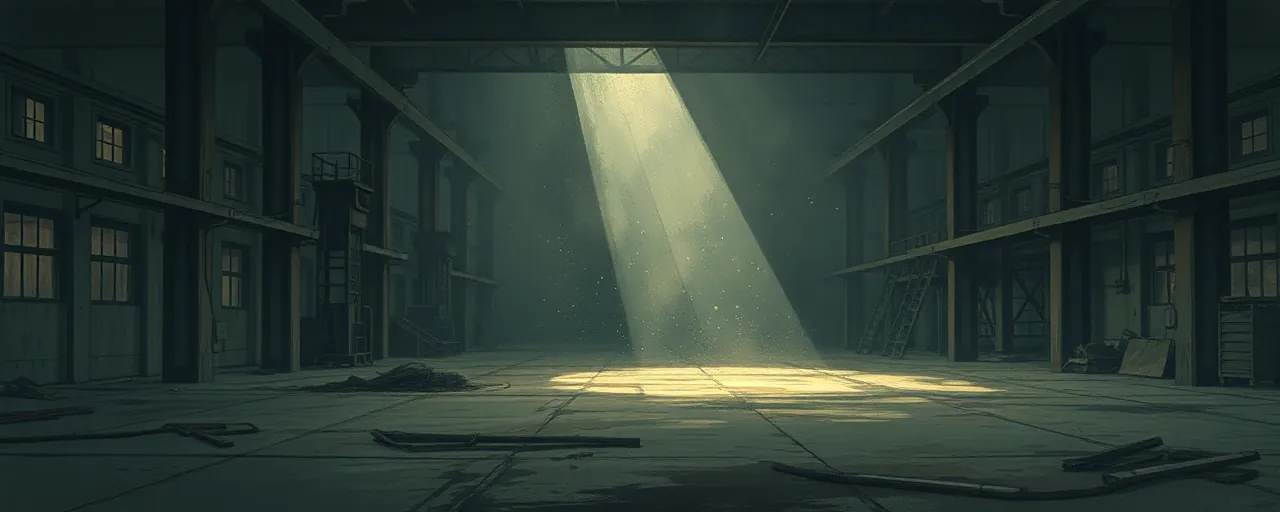A Steep Decline in Texas Manufacturing
Texas, a powerhouse of U.S. manufacturing, is grappling with its sharpest industrial slowdown in five years. The Dallas Fed Texas Manufacturing Index plummeted to -35.8 in April 2025, down from -16.3 in March, marking the lowest reading since the depths of the 2020 pandemic. This stark drop signals deepening challenges for an industry critical to both the state and national economy.
The index, which tracks general business activity, reflects a confluence of pressures: a 20-point plunge in new orders, negative capacity utilization, and shipments turning negative for the first time this year. Manufacturers reported shrinking workweeks and slight employment declines, while sentiment about future conditions soured to post-pandemic lows. For a state that accounts for a significant share of U.S. industrial output, the downturn raises questions about broader economic health.
What’s Driving the Contraction?
Several factors are squeezing Texas manufacturers. Raw material prices have surged to their highest since mid-2022, fueled by supply chain disruptions and new tariffs implemented in early 2025. These tariffs, aimed at bolstering domestic industry, have instead driven up costs for inputs, forcing some firms to scale back production or pass costs onto consumers.
Demand has also weakened significantly. The steep drop in new orders suggests customers, wary of economic uncertainty, are pulling back. High interest rates, a lingering effect of the Federal Reserve’s inflation-fighting measures through 2024, have dampened investment and consumer spending, particularly in interest-sensitive sectors like machinery and construction equipment.
Uncertainty over trade and tax policies adds another layer of complexity. With forecasts for 2025 GDP growth revised down to as low as 0.8%, and recession probabilities climbing to nearly 47%, manufacturers are hesitating to commit to long-term investments. The trade deficit has widened as firms rush to import goods ahead of further tariff hikes, further straining economic momentum.
Voices From the Factory Floor
Manufacturers themselves paint a grim picture. A Dallas Fed survey respondent noted that orders 'dried up almost overnight,' attributing the slump to customer caution amid rising prices. Another cited supply chain snarls, particularly for critical components, as a persistent headache. These firsthand accounts underscore the real-world toll of broader economic trends.
Labor challenges compound the issue. Despite manufacturing’s high average earnings of over $102,000 annually, the sector struggles to attract workers. A projected shortfall of 1.9 million workers by 2033 looms large, driven by retirements, skill gaps, and waning interest among younger generations. In Texas, where energy and advanced manufacturing dominate, the inability to fill roles is stunting growth.
Policy Perspectives and Economic Debates
Policymakers are grappling with how to respond. Advocates for robust industrial policy, including supporters of recent trade measures, argue that tariffs and incentives for domestic production will strengthen U.S. manufacturing over time. They point to legislative efforts like the Inflation Reduction Act, which has spurred investment in clean energy and advanced manufacturing, as evidence of progress toward resilience.
Others, including some economists and industry leaders, warn that protectionist measures risk backfiring. Higher costs from tariffs could erode competitiveness, while trade disruptions may alienate global partners. Meanwhile, calls for workforce development and infrastructure investment highlight the need for long-term strategies to address labor shortages and modernize supply chains.
The Federal Reserve’s role remains pivotal. After cutting rates by 100 basis points in late 2024, the Fed has signaled caution, balancing inflation control with economic growth. Manufacturers welcome lower borrowing costs but note that benefits will take months to filter through, leaving the sector vulnerable in the interim.
Looking Ahead
The road to recovery for Texas manufacturing, and the broader U.S. industry, remains uncertain. While some see 2025 as a potential turning point, with automation and clean energy driving a manufacturing renaissance, persistent challenges like labor shortages and price pressures temper optimism. The Dallas Fed’s uncertainty index, now at elevated levels, reflects manufacturers’ unease about what lies ahead.
For workers, businesses, and consumers, the stakes are high. A sustained manufacturing downturn could ripple through communities, dampening wages and local economies. Yet, with targeted policies and a stabilizing economic environment, the sector’s resilience could pave the way for a rebound. The coming months will test whether Texas, and the nation, can navigate these turbulent waters.
